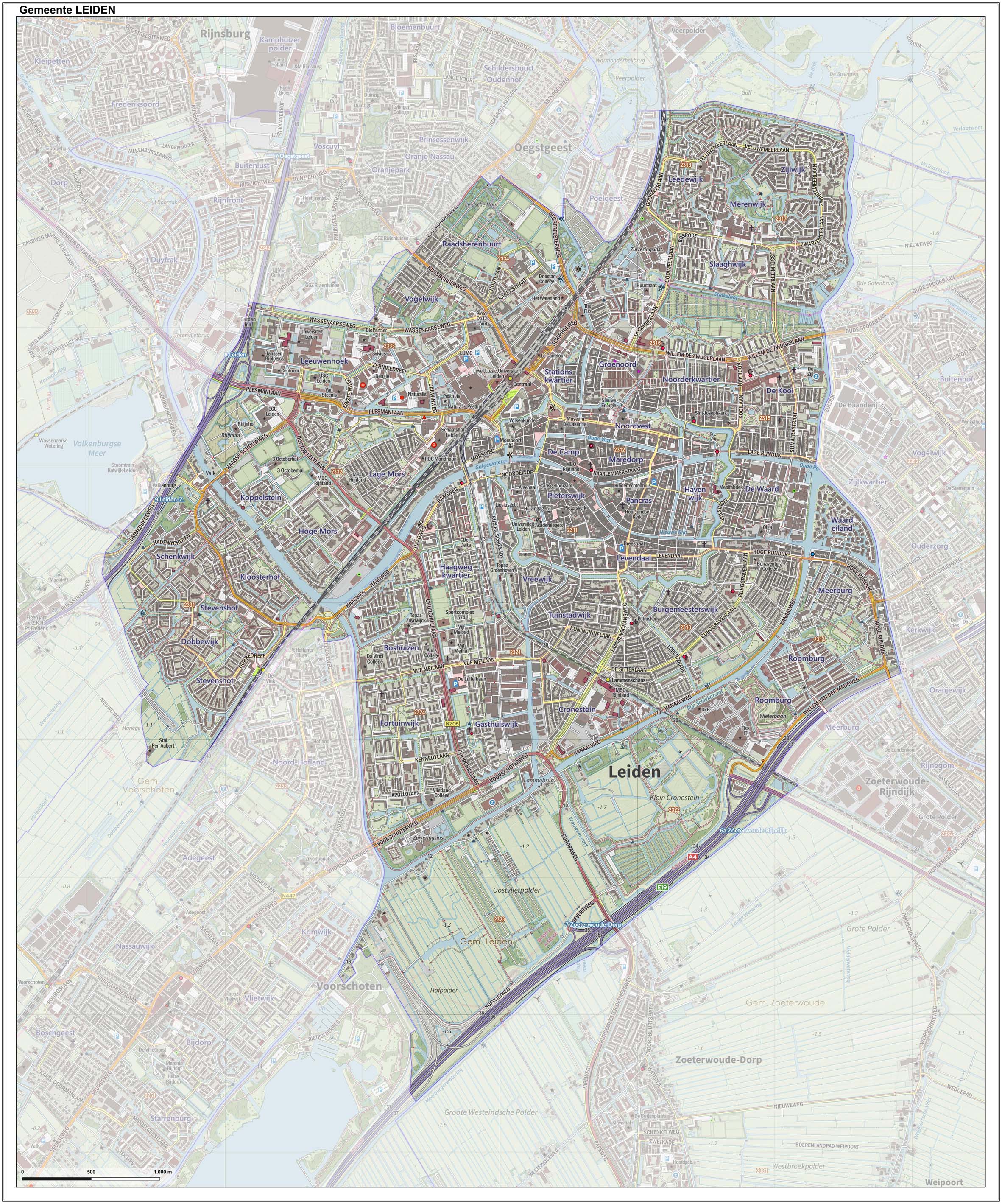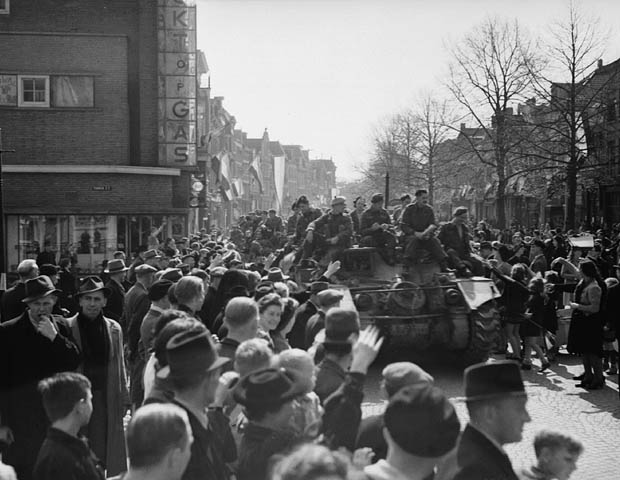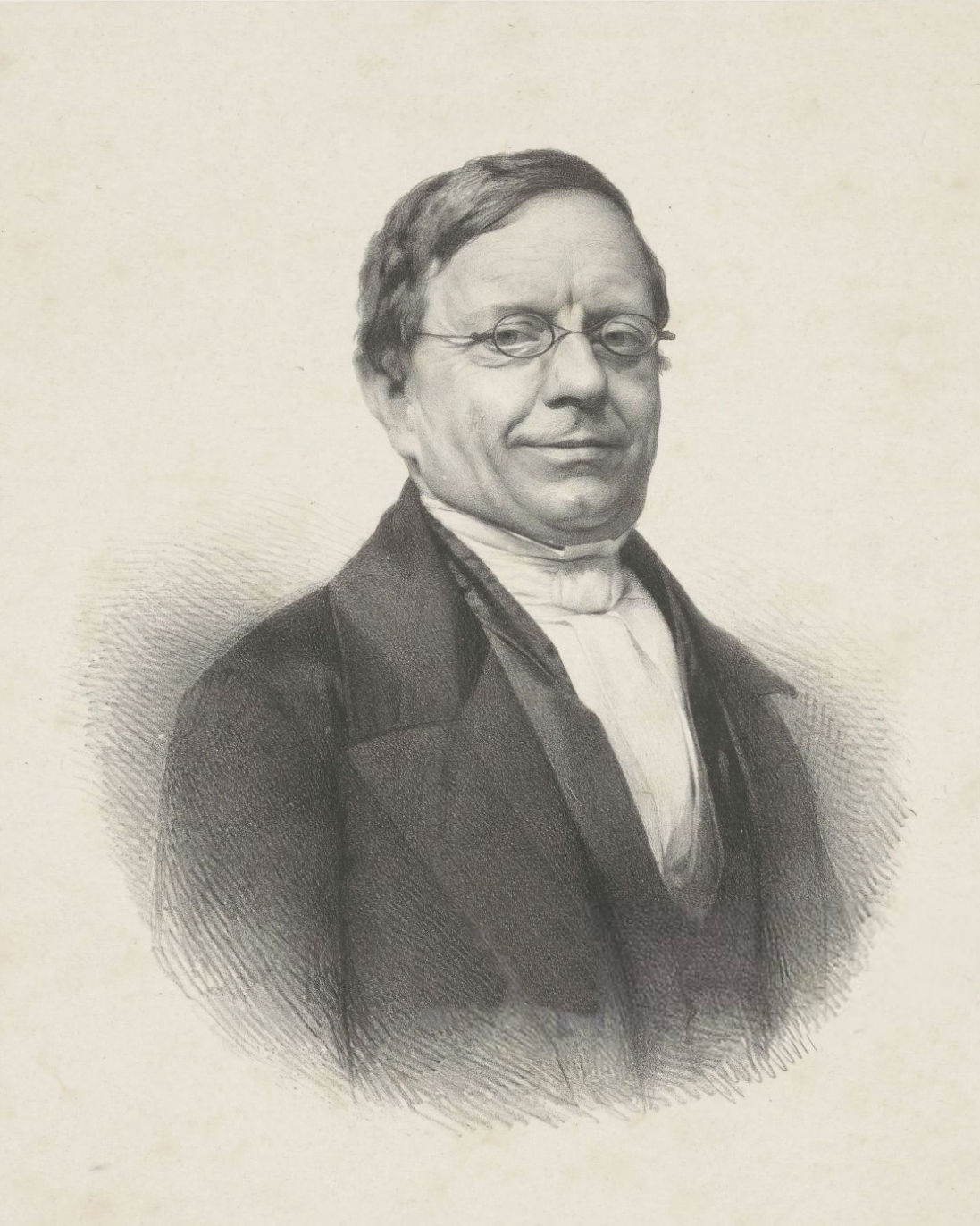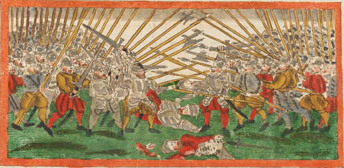|
Jan Willemsz. Van Der Wilde
Jan Willemszoon van der Wilde (1586, Leiden – 1636, Leeuwarden), was a Dutch Golden Age painter. Biography According to Houbraken he was a good portrait painter and a contemporary of Wybrand de Geest.J. de Wilde mentioned in ''De groote schouburgh der Nederlantsche konstschilders en schilderessen'' (1718) by Arnold Houbraken, courtesy of the According to the RKD he was influenced by |
Leiden
Leiden (; in English and archaic Dutch also Leyden) is a city and municipality in the province of South Holland, Netherlands. The municipality of Leiden has a population of 119,713, but the city forms one densely connected agglomeration with its suburbs Oegstgeest, Leiderdorp, Voorschoten and Zoeterwoude with 206,647 inhabitants. The Netherlands Central Bureau of Statistics (CBS) further includes Katwijk in the agglomeration which makes the total population of the Leiden urban agglomeration 270,879, and in the larger Leiden urban area also Teylingen, Noordwijk, and Noordwijkerhout are included with in total 348,868 inhabitants. Leiden is located on the Oude Rijn, at a distance of some from The Hague to its south and some from Amsterdam to its north. The recreational area of the Kaag Lakes ( Kagerplassen) lies just to the northeast of Leiden. A university city since 1575, Leiden has been one of Europe's most prominent scientific centres for more than four centuri ... [...More Info...] [...Related Items...] OR: [Wikipedia] [Google] [Baidu] |
Leeuwarden
Leeuwarden (; fy, Ljouwert, longname=yes /; Town Frisian: ''Liwwadden''; Leeuwarder dialect: ''Leewarden'') is a city and municipality in Friesland, Netherlands, with a population of 123,107 (2019). It is the provincial capital and seat of the Provincial Council of Friesland. It is located about 50 km west of Groningen and 110 km north east from the Dutch capital Amsterdam ( as the crow flies). The region has been continuously inhabited since the 10th century. It came to be known as Leeuwarden in the early 9th century AD and was granted city privileges in 1435. It is the main economic hub of Friesland, situated in a green and water-rich environment. Leeuwarden is a former royal residence and has a historic city centre, many historically relevant buildings, and a large shopping centre with squares and restaurants. Leeuwarden was awarded the title European Capital of Culture for 2018. The Elfstedentocht (Eleven Cities Tour), an ice skating tour passing the eleven cities o ... [...More Info...] [...Related Items...] OR: [Wikipedia] [Google] [Baidu] |
Dutch Golden Age
The Dutch Golden Age ( nl, Gouden Eeuw ) was a period in the history of the Netherlands, roughly spanning the era from 1588 (the birth of the Dutch Republic) to 1672 (the Rampjaar, "Disaster Year"), in which Dutch trade, science, and art and the Dutch military were among the most acclaimed in Europe. The first section is characterized by the Eighty Years' War, which ended in 1648. The Golden Age continued in peacetime during the Dutch Republic until the end of the century, when costly conflicts, including the Franco-Dutch War and War of the Spanish Succession fuelled economic decline. The transition by the Netherlands to becoming the foremost maritime and economic power in the world has been called the "Dutch Miracle" by historian K. W. Swart. Causes of the Golden Age In 1568, the Seven Provinces that later signed the Union of Utrecht ( nl, Unie van Utrecht) started a rebellion against Philip II of Spain that led to the Eighty Years' War. Before the Low Co ... [...More Info...] [...Related Items...] OR: [Wikipedia] [Google] [Baidu] |
Wybrand De Geest
Wybrand Simonsz. de Geest (16 August 1592 – ) was a Dutch Golden Age portrait painter from Friesland. Biography Wybrand de Geest was born and died at Leeuwarden. He learned painting from his father, Simon Juckesz, a stained glass worker. He studied later with Abraham Bloemaert. From 1614 to 1618 he travelled in France and Italy on a Grand Tour. In 1616 he met up with Leonard Bramer in Aix-en-Provence. While in Rome he became a member of the painters' circle known as the Bentvueghels. He earned the nickname 'De Friesche Adelaar', or "the Frisian Eagle". De Geest married Hendrickje Fransdr Uylenburgh in 1622, a niece of Saskia van Uylenburgh, the wife of Rembrandt. In 1634, just before his own marriage, Rembrandt visited De Geest's studio. In 1636 the Frenchman Charles Ogier, secretary to Cardinal Richelieu visited De Geest, to view his large collection of curiosities and coins. Portraits De Geest was the most important portrait painter of Friesland and painted numerous portrait ... [...More Info...] [...Related Items...] OR: [Wikipedia] [Google] [Baidu] |
Arnold Houbraken
Arnold Houbraken (28 March 1660 – 14 October 1719) was a Dutch painter and writer from Dordrecht, now remembered mainly as a biographer of Dutch Golden Age painters. Life Houbraken was sent first to learn ''threadtwisting'' (Twyndraat) from Johannes de Haan, who introduced him to engraving. After two years he then studied art with Willem van Drielenburch, who he was with during the rampjaar, the year 1672. He then studied 9 months with Jacobus Leveck and finally, four years with Samuel van Hoogstraten. In 1685 he married Sara Sasbout, and around 1709 he moved from Dordrecht to Amsterdam. Arnold Houbraken painted mythological and religious paintings, portraits and landscapes. He is best known for the art historical work '' The Great Theatre of Dutch Painters'' (1718–1721). When he died his son Jacob assisted his mother with the last proofs of the manuscript before publishing. His first attempt at an instructive manual for artists was his Emblem book, ''Inhoud van 't ... [...More Info...] [...Related Items...] OR: [Wikipedia] [Google] [Baidu] |
Digital Library For Dutch Literature
The Digital Library for Dutch Literature (Dutch: Digitale Bibliotheek voor de Nederlandse Letteren or DBNL) is a website (showing the abbreviation as dbnl) about Dutch language and Dutch literature. It contains thousands of literary texts, secondary literature and additional information, like biographies, portrayals etcetera, and hyperlinks. The DBNL is an initiative by the DBNL foundation that was founded in 1999 by the Society of Dutch Literature (Dutch: Maatschappij der Nederlandse Letterkunde). Building of the DNBL was made possible by donations, among others, from the Dutch Organization for Scientific Research (Dutch: Nederlandse Organisatie voor Wetenschappelijk Onderzoek or NWO) and the Nederlandse Taalunie. From 2008 to 2012, the editor was René van Stipriaan. The work is done by eight people in Leiden (as of 2013: The Hague), 20 students, and 50 people in the Philippines who scan and type the texts. As of 2020, the library is being maintained by a collaboration of the ... [...More Info...] [...Related Items...] OR: [Wikipedia] [Google] [Baidu] |
Cornelis Jacobsz Delff
Cornelis Jacobsz. Delff (1570–1643) was a Dutch Golden Age still life painter. Biography Delff was born in Gouda. According to Houbraken he was first a pupil of his father Jacob Delff, and then of Cornelis van Haarlem.Cornelis Jacobsz. Delff Biography in ''De groote schouburgh der Nederlantsche konstschilders en schilderessen'' (1718) by , courtesy of the Digital library for Dutch literature He was the brother of the painter |
Van Der Aa
Abraham Jacob van der Aa (7 December 1792, Amsterdam – 21 March 1857, Gorinchem) was a Dutch writer best known for his dictionaries, one of notable people and the other of notable places in the Netherlands. He was born in Amsterdam in 1792. His father was a lawyer. From the ages of 6 to 12, he visited the dayschool in Amstelveen. After that, he was sent to the boarding school of J.E. van Iterson in Aarlanderveen but only stayed there for a year. After a short stay at the Latin school in Leiden, where his parents lived at that time, he was sent to the Seminarium in Lingen, Germany to study the "dead languages". After his return in 1810, he went to medical school in Leiden, but had to leave after his father's death. He later did his mandatory military service until 1817. At that point he tried to open a bookshop in Leuven but this wasn't a success so he became a teacher in the Dutch language. After 1839 he moved to Gorinchem, where he wrote several reference works, including a ... [...More Info...] [...Related Items...] OR: [Wikipedia] [Google] [Baidu] |
Artnet
Artnet.com is an art market website. It is operated by Artnet Worldwide Corporation, which has headquarters in New York City, in the United States, and is owned by Artnet AG, a German publicly traded company based in Berlin that is listed on the Frankfurt Stock Exchange. The company increased revenues by 25.3% to 17.3 million EUR in 2015 compared with a year before. Company history The company was founded as Centrox Corporation in 1989 by Pierre Sernet, a French collector who developed database software which allowed images of artworks to be associated with market prices. Hans Neuendorf, a German art dealer, began to invest in the company in the 1990s; he became chairman in 1992 and chief executive officer A chief executive officer (CEO), also known as a central executive officer (CEO), chief administrator officer (CAO) or just chief executive (CE), is one of a number of corporate executives charged with the management of an organization especial ... in 1995. That s ... [...More Info...] [...Related Items...] OR: [Wikipedia] [Google] [Baidu] |
1586 Births
Events * January 18 – The 7.9 Tenshō earthquake strikes the Chubu region of Japan, triggering a tsunami and causing at least 8,000 deaths. * June 16 – The deposed and imprisoned Mary, Queen of Scots, recognizes Philip II of Spain as her heir. * July 6 – The Treaty of Berwick is signed between Queen Elizabeth I of England and King James VI of Scotland. * July 21 – English explorer Thomas Cavendish begins the first deliberately planned circumnavigation of the globe. * September 20– 21 – Execution of the Babington Plotters: The 14 men convicted of a plot (uncovered on July 17) to murder Queen Elizabeth and replace her with Mary, Queen of Scots, are hanged, drawn and quartered (the first seven being disembowelled before death) in St Giles Field, London. * September 22 – Battle of Zutphen: Spanish troops defeat the Dutch rebels and their English allies. English poet and courtier Sir Philip Sidney is mortally wounded. * Octobe ... [...More Info...] [...Related Items...] OR: [Wikipedia] [Google] [Baidu] |
1636 Deaths
Events January–March * January 1 – Anthony van Diemen takes office as Governor-General of the Dutch East Indies (now Indonesia), and will serve until his death in 1645. * January 18 – '' The Duke's Mistress'', the last play by James Shirley, is given its first performance. * February 21 – Al Walid ben Zidan, Sultan of Morocco, is assassinated by French renegades. * February 26 – Nimi a Lukeni a Nzenze a Ntumba is installed as King Alvaro VI of Kongo, in the area now occupied by the African nation of Angola, and rules until his death on February 22, 1641. * March 5 (February 24 Old Style) – King Christian IV of Denmark and Norway gives an order, that all beggars that are able to work must be sent to Brinholmen, to build ships or to work as galley rowers. * March 13 (March 3 Old Style) – A "great charter" to the University of Oxford establishes the Oxford University Press, as the second of the privileged presses in Englan ... [...More Info...] [...Related Items...] OR: [Wikipedia] [Google] [Baidu] |
Dutch Golden Age Painters
Dutch Golden Age painting is the painting of the Dutch Golden Age, a period in Dutch history roughly spanning the 17th century, during and after the later part of the Eighty Years' War (1568–1648) for Dutch independence. The new Dutch Republic was the most prosperous nation in Europe and led European trade, science, and art. The northern Netherlandish provinces that made up the new state had traditionally been less important artistic centres than cities in Flanders in the south. The upheavals and large-scale transfers of population of the war, and the sharp break with the old monarchist and Catholic cultural traditions, meant that Dutch art had to reinvent itself almost entirely, a task in which it was very largely successful. The painting of religious subjects declined very sharply, but a large new market for all kinds of secular subjects grew up. Although Dutch painting of the Golden Age is included in the general European period of Baroque painting, and often shows many of ... [...More Info...] [...Related Items...] OR: [Wikipedia] [Google] [Baidu] |







